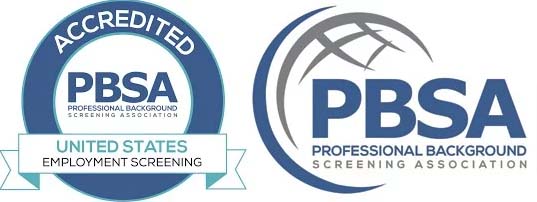How to Read a Background Report
Common Elements
Company Name and Account Number :
at the top of each report is your the company name and their account number
Applicant Name:
directly below in large bold letters is the name of the subject of the consumer report(s)
Demographics:
boxes containing two sets of demographics information: “Applicant Demographics”– Social Security Number, Date of Birth, Race, Sex and Current Address. “Organizational Information”– If the company is broken down into regions/districts and stores this information, it will be identified here as well. Additionally, if you have specified packaged searches for certain positions the position will be identified as well.
Report Type:
the report type and state or county from which it originated
Processing Information:
- Entered: date report was initiated by the client
- Processed: time report was accepted and sent for research Completed: the time the report was completed
- Hold Time: length of time report was delayed or waited for client review
- Turn Around: total time from entered date to completed date
Employers must have a rational job related reason for not hiring an individual based on a criminal record in order to avoid accusations of discriminatory hiring. Practically, this means employers should base hiring decisions on several factors as described below to show a definite business necessity.
- The nature and gravity of the offense.
- The time that has passed since the conviction or completion of the sentence.
- The nature of the job held or sought.
As a practical matter, large employers develop hiring policies in order to facilitate consistent company-wide background screenings. The desire to avoid claims of discrimination in hiring by implementing both consistent policy and a discernible business necessity can present employers with a catch 22.
Large employers typically combat issues by implementing screening policies that are consistent but customized to position. This facilitates equitable hiring while also catering criteria to the nature of each type of position. Additionally, employers may consistently decide not to hire based upon certain offenses pertinent to a particular position if the offense when that offense falls within a certain time frame. Offenses that fall outside of the length of timelines are subject to individual review. The guidance of trained legal counsel is needed for the development of effective and compliant policy specific to your industry and business.
The samples we have provided here consist of a clear state record and a state record returned with criminal offenses. Again, each county and state may return information in a slightly different format. If you have trouble understanding the information in your report, Edge Information Customer Service personnel are happy to assist you. Edge, however, is not a legal firm and we recommend you consult your legal counsel for question related to company hiring policy. Additionally, we have provided a glossary of common legal terms that may assist you when reading criminal history records. A more extensive list can be obtained from Customer Service.





